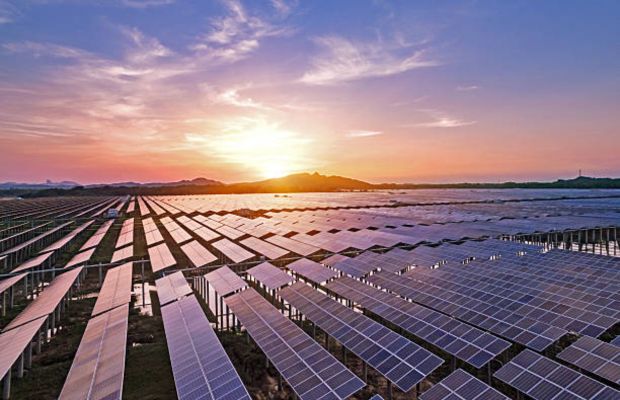According to the Renewable Energy and Energy Efficiency Organization – an affiliate of the Energy Ministry — solar power plants had the lion –share in the total renewable capacity during the aforementioned period.
According to the overall energy mix, currently, solar power plants account for 58% of renewable electricity production and were followed by wind farms which represented 31% of the total capacity. Small hydropower plants and biomass plants stood next, as they accounted for 9% and 1% of the total renewable capacity respectively in April. The current Iranian government is working on plans to increase the country’s renewable capacity and aims to reach a target of 10,000 MW.
The report highlighted, small hydropower plants and biomass plants that stood next, as they accounted for 9% and 1% of the total renewable capacity respectively in April. The current Iranian government is working on plans to increase the country’s renewable capacity and aims to reach a target of 10,000 MW. Currently, over 100 large-scale renewable power plants are operating across Iran.
Iranian Energy Ministry shared plans to add 10,000 MW to the capacity of the country’s renewable power plants by the end of the current government’s administration (within the next 1.5 years). Last year, the ministry and some of the country’s private contractors signed memorandums of understanding (MOU) for cooperation in the construction of the mentioned renewable power plants across Iran.
Renewables, including hydropower, account for nearly seven percent of the country’s total energy generation, versus natural gas’ 90 percent share. While Iran enjoys some proper conditions for the development of renewable energies, unfortunately, the country is lagging behind its plan in this.
Currently, Iran’s Renewable Energy and Energy Efficiency Organization (SATBA) plans are coming to an end. Iran’s renewable energy plan to establish solar parks in every province of the country ended on March 20, 2024.


